A Guidance for Pet-Keeper: How to Decorate Your Home?
There are more and more families raising pets. The existence of this "special family member" is not only a warm companion but also a "test" for home design. Since you have decided to take care of it, you must take into account its needs and pay attention to coordination with the living environment. So, how should you decorate your home with pets? What factors should be considered?
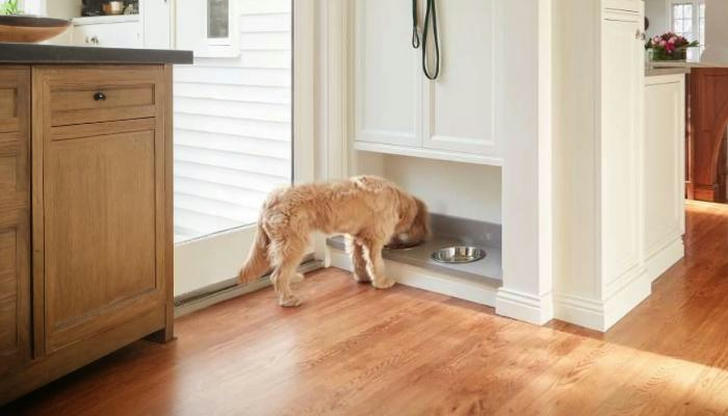
Pet Functional Area
• Feeding Area
Generally, when pets drink and eat, they usually spill water and leak food, making the environment dirty and messy. Therefore, the feeding area should be set up in a living room or balcony that is open and easy to clean. At the same time, it is best to place the bowl and basin about 10 centimeters away from the wall so that the pet can eat, drink, and observe the surrounding environment in his or her preferred position.
• Toilet Area & Bathing Area
The toilet area should be away from the dining area and places frequently visited by people. It can be placed on the balcony to ensure air circulation and a relatively clean environment. It can also be placed in the bathroom to facilitate cleaning and block odors, but the floor must be kept dry and ventilated.
A spacious bathroom with a good-sized shower or bathtub is the perfect place to bathe your pet. If you need hygienic isolation of human and pet bathing, you can use a pet-specific bathtub or a pet bathing station with a barrier-free shower head.
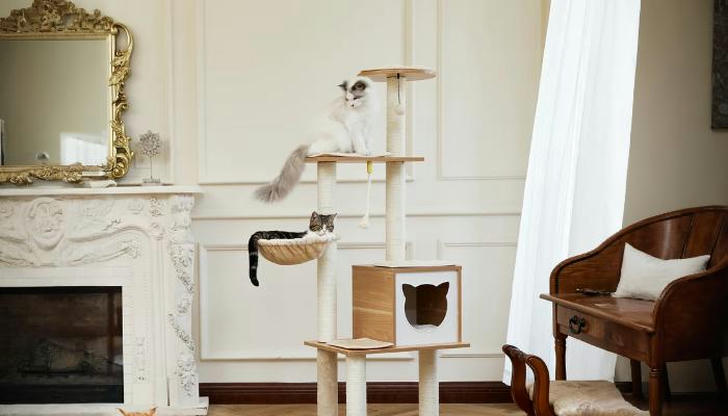
• Rest Area
If the pet is highly dependent on the owner, it is best to divide the rest area into the owner's bedroom. If the owner is a light sleeper, the rest area can also be set up in the living room with its back against the wall to give the pet a greater sense of security.
You can also start with furniture, add an open compartment at the bottom of the storage cabinet, and arrange it as a pet nest for pets to rest. For houses with spacious and ample space, a "pet mansion" can be set up in a separate area.
• Activity Area
Cats usually move indoors. You can use stairs, walls, bay windows, balconies, and other areas to create an exclusive cat playground by setting up stepped partitions, cat climbing frames, cat nests, and cat paw boards.
Dogs prefer outdoor activities so there is no need to demarcate an exclusive indoor activity area. However, the indoor space should be as spacious as possible. With little occlusion, and provided sufficient toys to avoid excessive energy and tearing down the home.
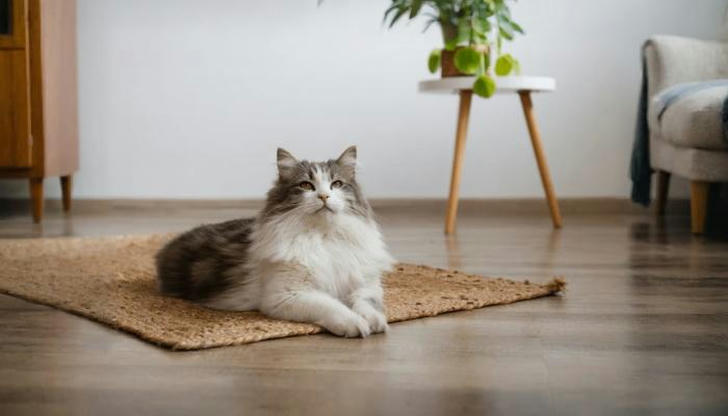
Decoration Material Selection
• Wall Material
Both cats and dogs like to rub their bodies against the wall or scratch the wall to sharpen their claws. Over time, the wall will turn black, dirty and produce scratches. Therefore, avoid using wall coverings and wallpapers, and try to use washable wall paint. Wall bases and facades can be treated with stainless steel, acrylic, stone, and other materials to prevent pets from scratching and damaging them.
• Ground Material
Choose non-slip, wear-resistant, and easy-to-maintain stone or ceramic tiles for the floor, which not only facilitates daily sweeping and cleaning but also prevents pets from slipping when chasing them.
If you have a yard at home, it is best not to use gravel on the road to prevent it from being brought into the home. Also try to avoid solid wood such as cedar, unless you pay attention to maintaining the length of your nails.
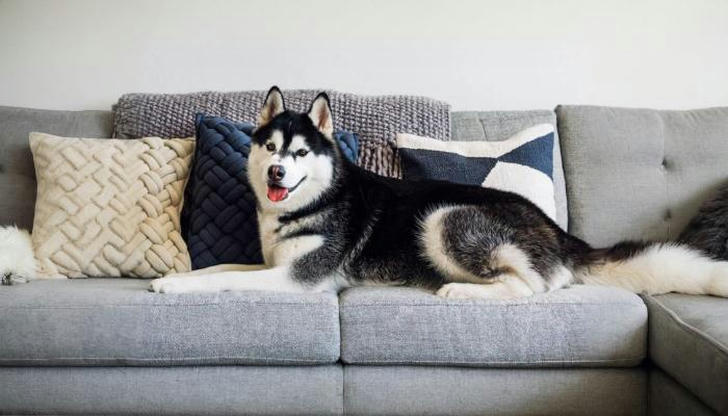
Furniture Selection
• Sofa
Try to avoid leather, cotton, and linen fabric sofas. Instead, choose silicone fabrics and technical fabric sofas that are resistant to pulling, wearing, scratching, fouling, and static electricity.
The shape of the sofa should be a floor-standing model that pets cannot enter, or a tall model that is convenient for cleaning. If it is a modular sofa, leave no gaps in between to avoid harm to people and pets, and prepare removable and easy-to-clean sofa covers for timely replacement.
• Tables and Chairs
Dogs have sharp teeth, especially medium and large dogs. They are likely to develop the habit of using furniture as teething sticks. Tables and chairs are the first to bear the brunt, so it is best to wrap a layer of pet scratching pads around the legs of tables and chairs, or directly choose metal legs.
• Cabinet
Minimize open storage, and cabinets must be equipped with doors to keep items in a closed state. It is best to have a lock on the cabinet door or use a complicated opening method to prevent pets from learning to open the door and enter to destroy items.
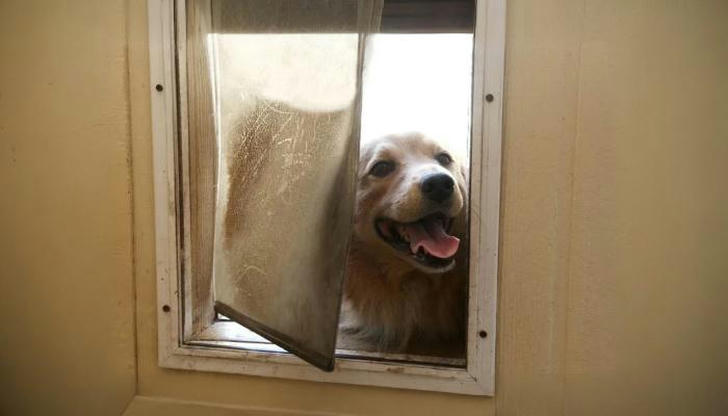
ATTENTION!
• Install Guardrails and Window Seals
For cats and dogs, it is their nature to be lively and active. Therefore, guardrails can be installed in areas such as kitchens, study rooms, and children's rooms to reduce the chance of pets wandering around and causing damage. All indoor windows must be installed with fine protective nets or kept closed to a certain extent to prevent pets from falling or getting lost.
• Custom Pet Doorways
If the room needs to be closed, but it affects the entry and exit of pets, customize the door according to the size of the pet so that the door can be entered and exited freely, effectively reducing the trouble of scratching the door and manually opening the door.
• Reduce Dead End Design
Pets like to explore spaces and jump up and down. The space under the bed and above the cabinet can be used as a place to hide and play. When decorating, try to minimize dead spots. Choose floor-to-ceiling closed cabinets and low, sturdy beds. This will not only prevent them from being found while hiding and playing but also reduce the burden of cleaning.
